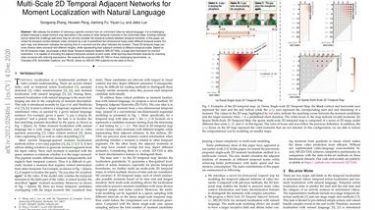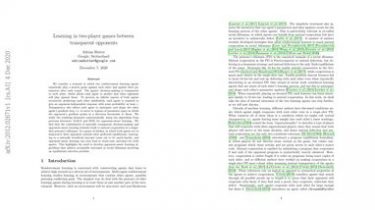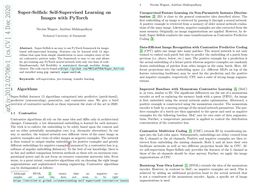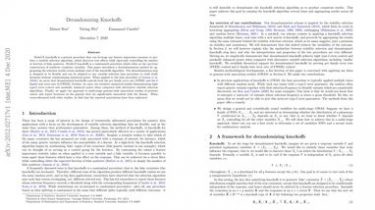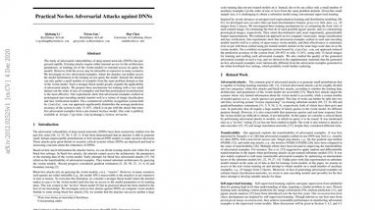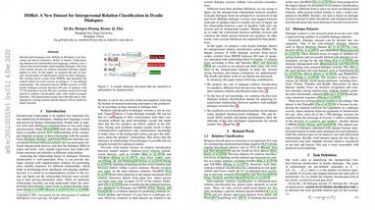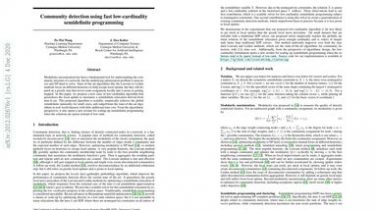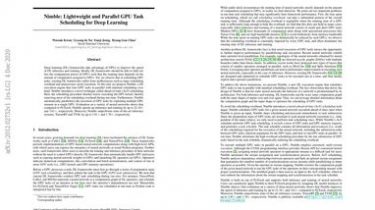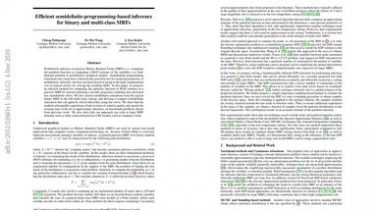Multi-Scale 2D Temporal Adjacent Networks for Moment Localization with Natural Language
We address the problem of retrieving a specific moment from an untrimmed video by natural language. It is a challenging problem because a target moment may take place in the context of other temporal moments in the untrimmed video… Existing methods cannot tackle this challenge well since they do not fully consider the temporal contexts between temporal moments. In this paper, we model the temporal context between video moments by a set of predefined two-dimensional maps under different temporal scales. […]
Read more